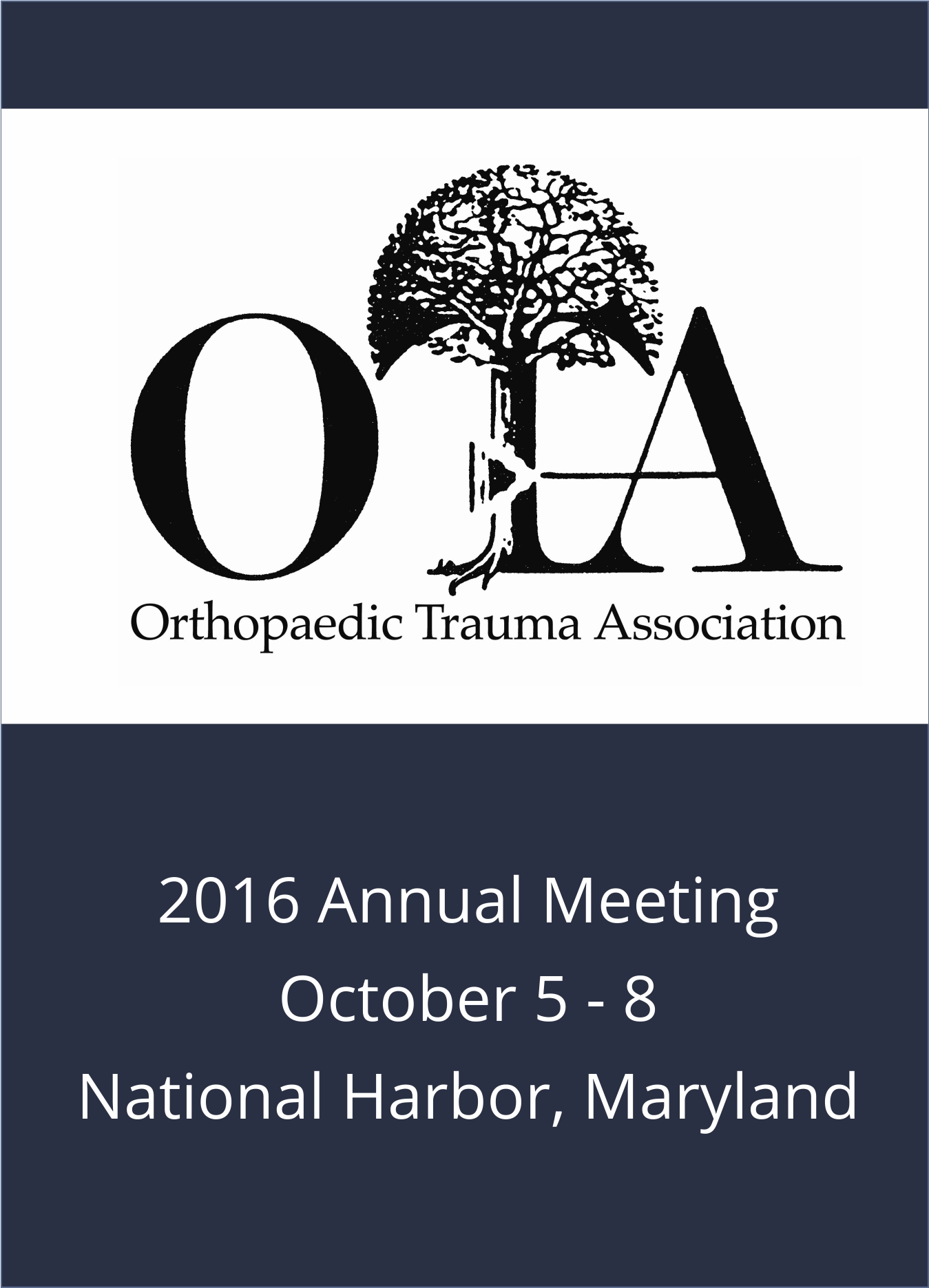
OTA 2016: Above-knee & below-knee casting similar for pediatric tibial shaft fracture

OTA 2016: Above-knee & below-knee casting similar for pediatric tibial shaft fracture
Comparison of the Outcome of Above-Knee and Below-Knee Cast for Isolated Tibial Shaft Fractures in Children: A Randomized Trial
Did you know you're eligible to earn 0.5 CME credits for reading this report? Click Here
CONFERENCE ACE REPORTS
This ACE Report is a summary of a conference presentation or abstract. The information provided has limited the ability to provide an accurate assessment of the risk of bias or the overall quality. Please interpret the results with caution as trials may be in progress and select results may have been presented.
Synopsis
60 children (6 months to 15 years) with a closed and Gustilo grade 1/2 isolated traumatic extra-articular middle-third and distal-third tibial shaft fracture were randomized to management with either a below the knee or above the knee plaster of Paris cast. Time to union, residual malunion, range of motion, and associated complications were evaluated over a 6-month period. The results of this tria...
To view the full content, login to your account,
or start your 30-day FREE Trial today.
FREE TRIAL
LOGIN
Forgot Password?
Explore some of our unlocked ACE Reports below!

Learn about our AI Driven
High Impact Search Feature
Our AI driven High Impact metric calculates the impact an article will have by considering both the publishing journal and the content of the article itself. Built using the latest advances in natural language processing, OE High Impact predicts an article’s future number of citations better than impact factor alone.
Continue



 LOGIN
LOGIN

Join the Conversation
Please Login or Join to leave comments.